“Don’t presume clients know how this design lark is done”: designers’ most challenging clients
Last week, London Design Festival’s organisers revealed the details of a new exhibition exploring the art of the designer-client relationship. We ask designers about their most difficult experiences with clients, and how they overcame them.
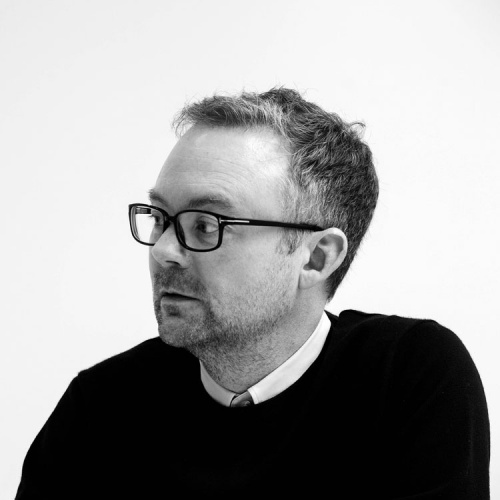
“There was a situation in Sardinia a few years back when we were on a shoot for a global sportswear brand. It was our first project with this particular client and we were on our best behaviour. However, after some (many) drinks on the last night, our photographer, Dr Jekyll (named changed) turned into Mr Hyde and subsequently created havoc, to the extent that the police were called and our client verbally abused. It took all of my PR skills to smooth over the mess the next morning and beg for their forgiveness. That was toughie. It might have been a different story if the shots weren’t so bloody amazing.”
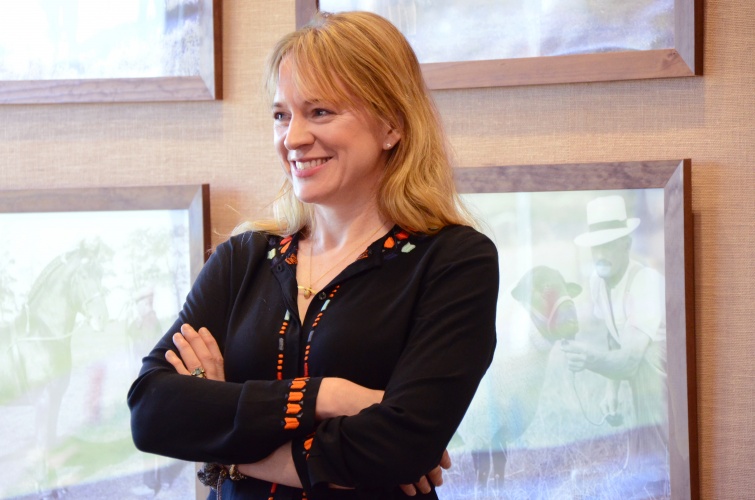
“Frustrated after a short run of morale-sappingly inconclusive projects a few years ago, I identified a common trait in the clients with whom we produced our best work – irrespective of the nature or complexity of the brief. They’ve all got an appetite for change, and are keen to work collaboratively with us to get there. Since identifying that’s where we add best value, we have built Spring’s positioning around it. With Agency for Change as our URL and an active ethos – designed to deliver change – this is the starting point for all our projects and relationships. This filters out clients that are not going to stay committed to the process before they even arrange a chemistry meeting. Clients who genuinely want or need to change trust us to deliver it, and are often willing to take greater creative leaps to achieve it than others.”
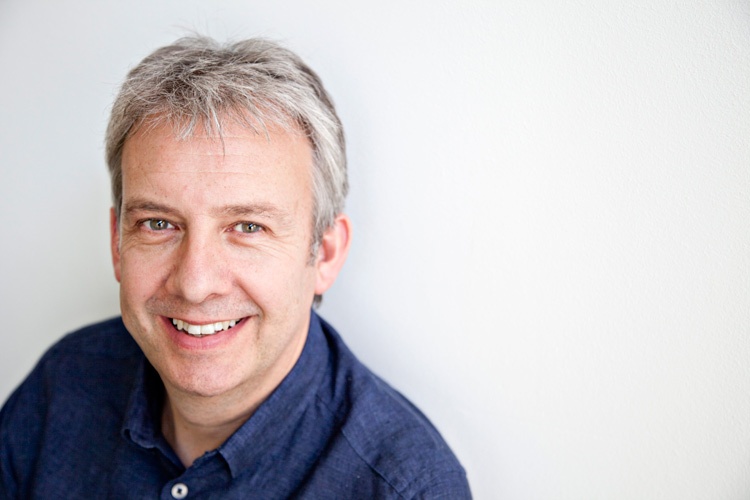
“Design is as much about relationship management as it is about actual design work. It’s about orchestrating lots of different groups, clients, suppliers, manufacturers and users, to ensure that everyone feels happy and catered for. Years ago, we were working for a company with a tricky CEO, a man who had never been told ‘no’. The product we had designed for them had to be changed because of manufacturing constraints, and the board were too afraid to tell him themselves so they sent me to do the job for them. The CEO received the news badly, stormed out of the room and slammed the door behind him – not a great response! But because we had an established relationship with them – and once he’d calmed down – we were able to come up with a solution that he was happy with, and we went on to work with the company for a number of years. Keeping a level head and remembering that you’re hired to solve problems is an important lesson.”
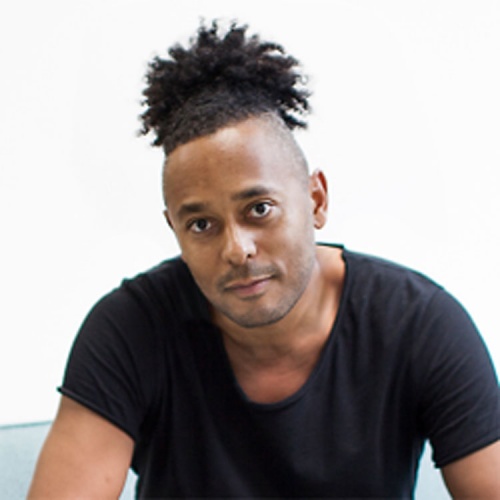
“I’m sure any creative can relate to facing numerous subjective opinions about their work. And when the work is about pushing for change in the world, this can be frustrating on all sides, especially when there’s heightened urgency to solve a problem. To address this, we put two entirely different campaign identities out into the world to test against one another, and let the user decide. The winning creative route – focused on creating a sense of urgency around the problem at hand – outperformed the other – which focused on messages of optimism – by 30%. The data was clear and allowed us to avoid an unnecessary debate about alternative approaches. While risky, because we had to be willing to allow either route to win, we found that relying on objective data versus subjective tastes gave way to the most effective and impactful result.”
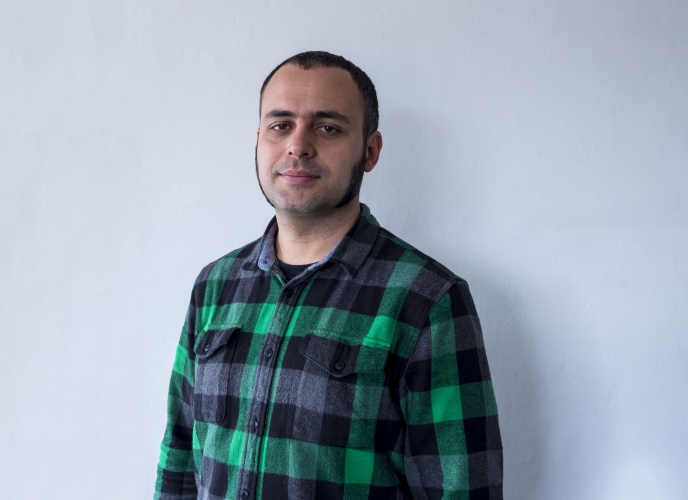
“I have to say I’ve struggled to think of one for this. I guess I’ve been pretty lucky over the years to work with some really great clients who are open and receptive to what we do. Or maybe I’ve deleted the bad experiences from my brain’s hard drive. But one does spring to mind – I once worked on the rebrand of a catering company. It was a family run and so the client was super close to the project. We presented three concepts which they loved, but a week later they called to say none of them were right. They couldn’t explain why really, as they weren’t that visually literate. So I went over to see them in sunny Croydon the next day to chat it through in more detail. It soon became clear there was an idea that they still liked but they weren’t sure about the styling of it. They just didn’t realise that they could have the same idea dressed a different way. Once that was clear, they were happy and we developed the identity into something they still use today. What did I learn from this? Make sure the client gets how the design process works. We often presume clients know how this design lark is done, and often they don’t…”

“Do you know what? I’ve seriously had them all. Half of my work comes from clients, the rest from agencies. And boy do I work for my client work! Stakeholders pulling in different directions; the client who disappeared halfway through the project; the budget that disappeared halfway through the project; the fellow consultant who declared war (and won); and the procrastinator who couldn’t sign anything off.
Thankfully I also have clients who come back again and again because they love what my small collective team and I do. Clients who get emotional because ‘it’s just so right!’ Clients who understand that it’s a partnership, and that in combining their insight and our insight we can accomplish more.
In my experience, the outcome of every project conceals a catalogue of obstacles. It may look effortless and it should look effortless, but it rarely is. The trick is to have principles you work by. Do what you believe in, be happy to walk away, collaborate with wonderful people who will boost your nerve and resilience, and look for the clients who ‘get it’. Luckily, I love jumping from one project to the next, not knowing what the next adventure will be. Bring it on. After all, it can’t be any worse. Can it?”

“We recently had a private client that had bought a huge apartment they wanted to renovate. They wanted a full makeover – walls moved, a new custom designed kitchen and brand new bathrooms. Halfway in to the construction, we realised that the wife was having a hard time visualising the end result. During our presentations they were both very determined about their decisions. But when the walls were painted and the tiles were up in the bathrooms, she didn’t like it. They ended up repainting the whole apartment over eight times, and we don’t even know how many time they changed the tiles. We ended up just helping the client with project management to finish the project. Even the husband did not know that his wife would react like this during the process. We came to the conclusion that we all have a different way of seeing things.”

“The projects we find most challenging are those where the client treats us like ‘suppliers’ rather than collaborators. The work normally ends up being static and expected. Of course we are there to provide a service, and being paid adds to that dynamic, but proper partnerships get the best results every time. The design process doesn’t suit a silo mentality; it is about inclusivity. When a client becomes part of the design process and vice versa, it creates an open space in which to bounce ideas and thoughts off each other.”





Good piece, lots of nice angles and views….